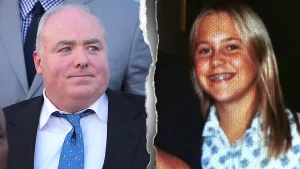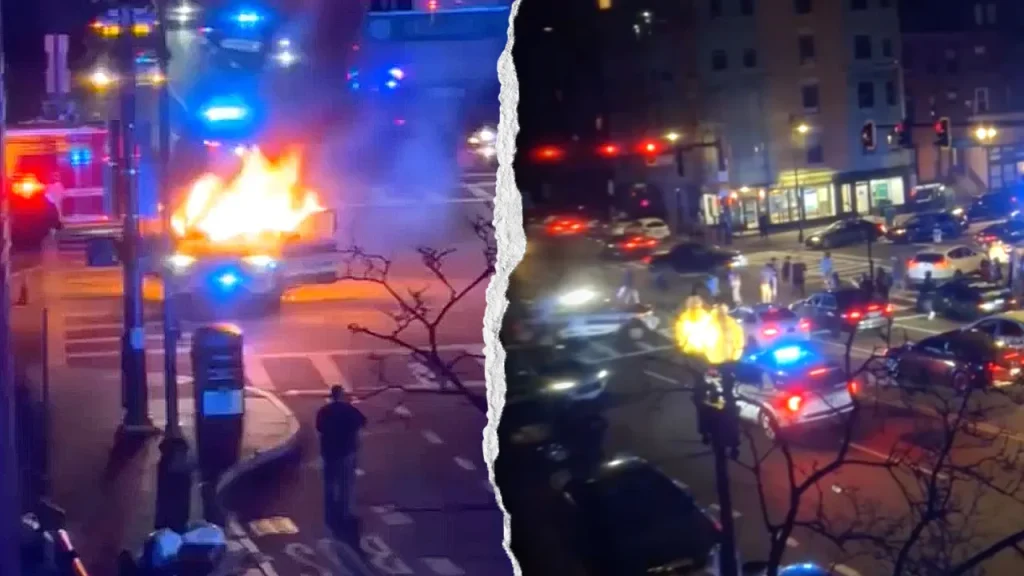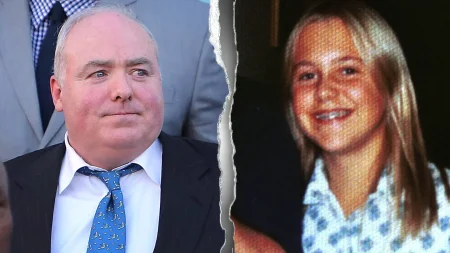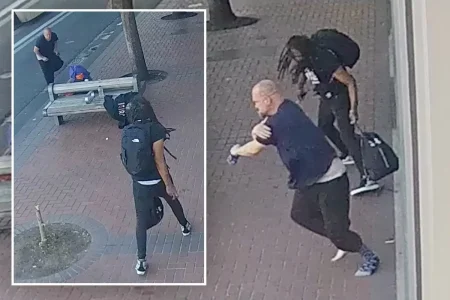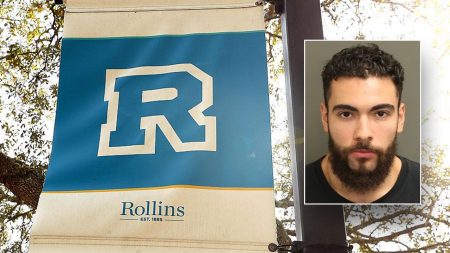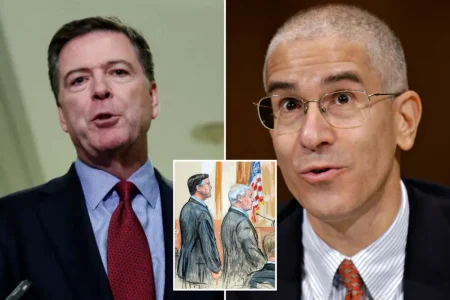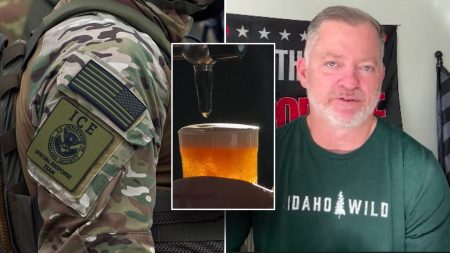Massachusetts Cracks Down on Illegal Street Takeovers with Statewide Enforcement
Massachusetts Governor Maura Healey has taken decisive action against the growing menace of illegal street takeovers across the state, announcing significant results from her recent enforcement initiative. Following a particularly chaotic incident in Boston where over 100 participants attacked police with fireworks and other projectiles, even torching a police cruiser, Healey ordered a coordinated crackdown between state and local law enforcement. The governor’s “zero-tolerance” approach has yielded substantial results: 232 civil citations, 20 criminal summonses, 74 warnings, seven arrests, and 15 vehicle impoundments. The swift response came after street takeovers—illegal gatherings where participants block intersections for car stunts and other disruptive activities—had been increasing in frequency and intensity, creating serious public safety concerns across Massachusetts communities.
“These illegal street takeovers cause public disorder, damage property and pose a significant threat to the safety of both area residents and police officers,” Governor Healey stated during a press conference announcing the results. The enforcement initiative proved effective in preventing further disruptions that had plagued communities in recent weeks. Healey emphasized that the collaborative police work demonstrated the state’s commitment to maintaining public order and safety, regardless of whether participants were Massachusetts residents or came from neighboring states. The governor’s message was unambiguous: “We’ve got zero tolerance for this stuff. Zero tolerance. And as shown by this past weekend’s efforts, we’ll find you, we’ll hold you accountable.”
The October 5th incident that triggered the crackdown was particularly alarming, occurring around 2 a.m. when Boston police responded to a massive gathering where participants turned violent against law enforcement. The scene quickly deteriorated as the crowd attacked police vehicles with various projectiles and ultimately set one cruiser ablaze, requiring it to be towed from the scene. Two Rhode Island teenagers—Julian Bowers, 18, and William Cantwell, 19—were arrested during this chaos, facing serious charges including assault and battery on a police officer, resisting arrest, disorderly conduct, and malicious destruction of property valued over $1,200. Court documents allege Cantwell used a pole to smash a police cruiser, while Bowers was accused of throwing objects at officers.
The court proceedings for these arrests highlighted tensions between law enforcement’s perspective on the seriousness of these events and the judicial response. Despite prosecutors requesting substantial bail amounts—$15,000 for Bowers and $20,000 for Cantwell—a judge set bail at just $500 and $1,000 respectively. According to CBS News, the defendants were seen fist-bumping after learning of the relatively low bail amounts, raising concerns about whether the judicial consequences match the severity of the alleged offenses. This discrepancy underscores the challenges authorities face in addressing street takeovers through the criminal justice system, even as enforcement efforts intensify on the streets.
Beyond immediate enforcement, Governor Healey announced $14 million in safety grants for municipalities throughout Massachusetts, specifically earmarked for traffic enforcement and combating illegal activities like street takeovers. This financial commitment demonstrates a multi-faceted approach to the issue, combining direct law enforcement action with resources for sustained prevention efforts. Street takeovers have become a nationwide concern in recent years, with cities across America struggling to address the sudden convergence of hundreds of vehicles and spectators who temporarily seize public spaces for dangerous driving exhibitions. These events, often organized through social media with little advance notice, present unique challenges for law enforcement who must balance public safety concerns with appropriate use of force.
The Massachusetts crackdown represents one of the more coordinated and comprehensive responses to this growing phenomenon. By combining immediate tactical responses with longer-term funding, Governor Healey’s administration is attempting to create a sustainable solution to activities that not only disrupt communities but endanger both participants and bystanders. The initial results—particularly the absence of major incidents following the enforcement surge—suggest the approach may be effective, at least in the short term. However, the ultimate test will be whether this enforcement initiative creates lasting behavioral changes or merely displaces the activities to other locations or time periods. As Massachusetts continues its “zero-tolerance” stance, other states will likely be watching closely to see if this model offers a viable template for addressing their own challenges with illegal street takeovers and car meetups.

